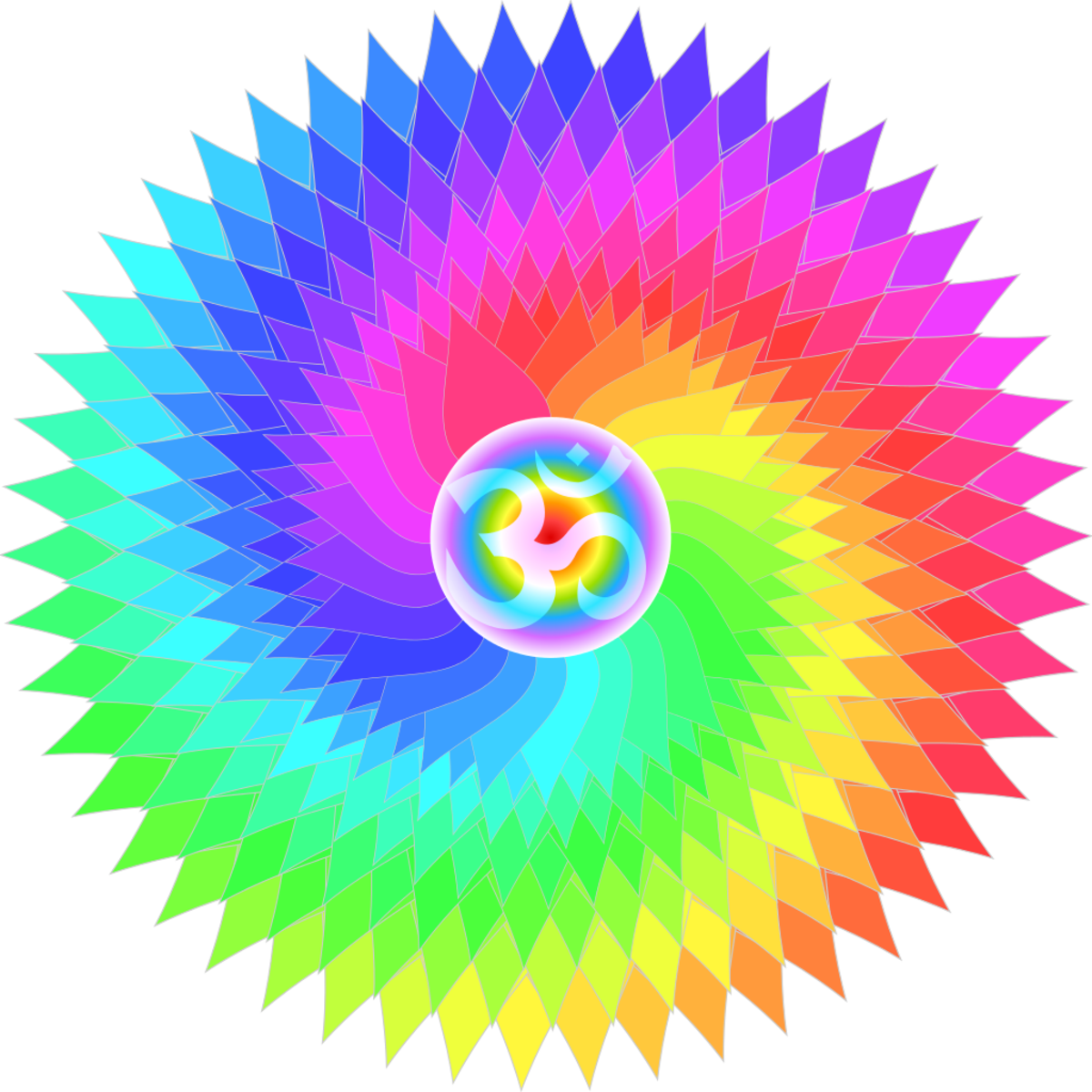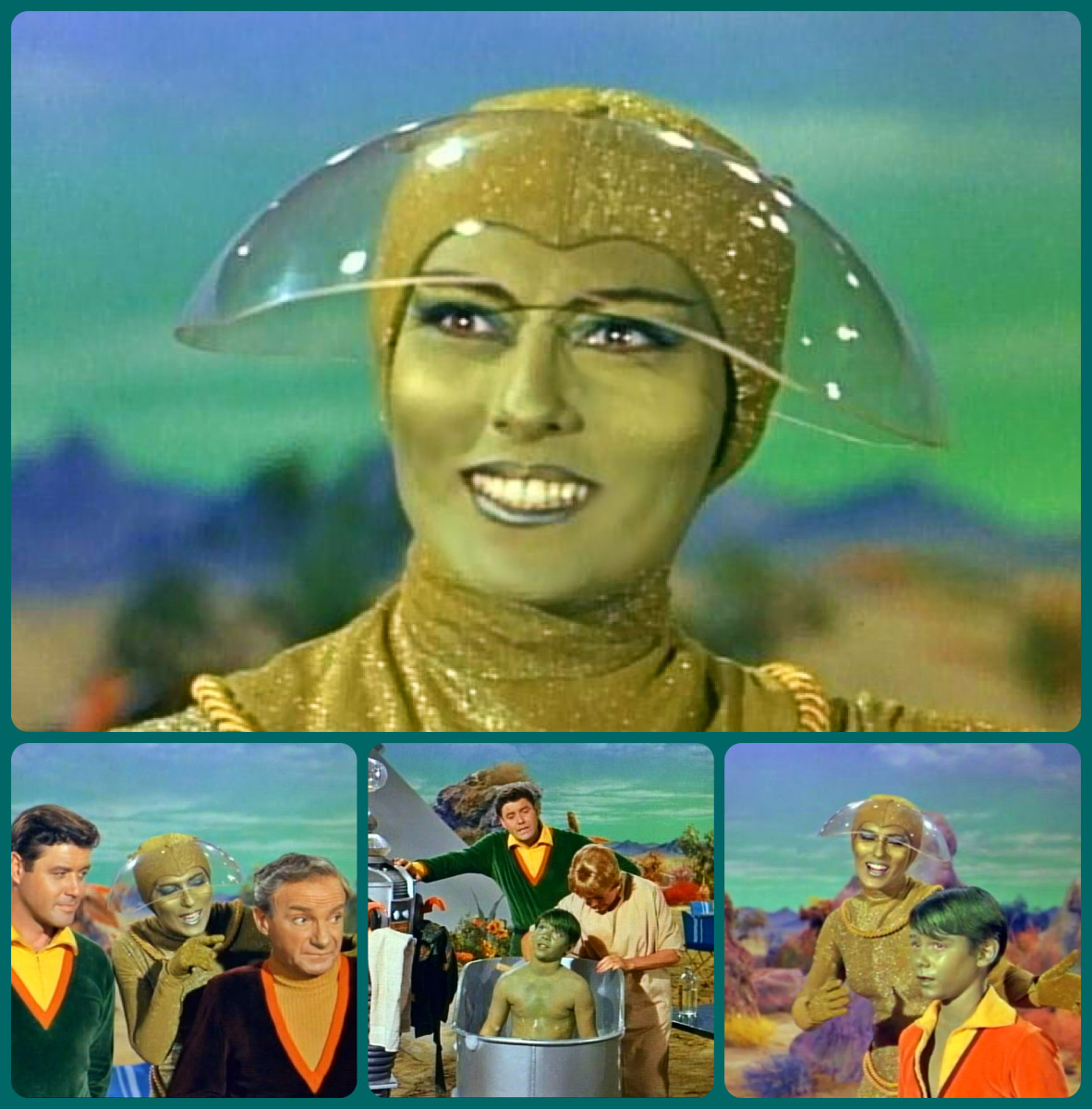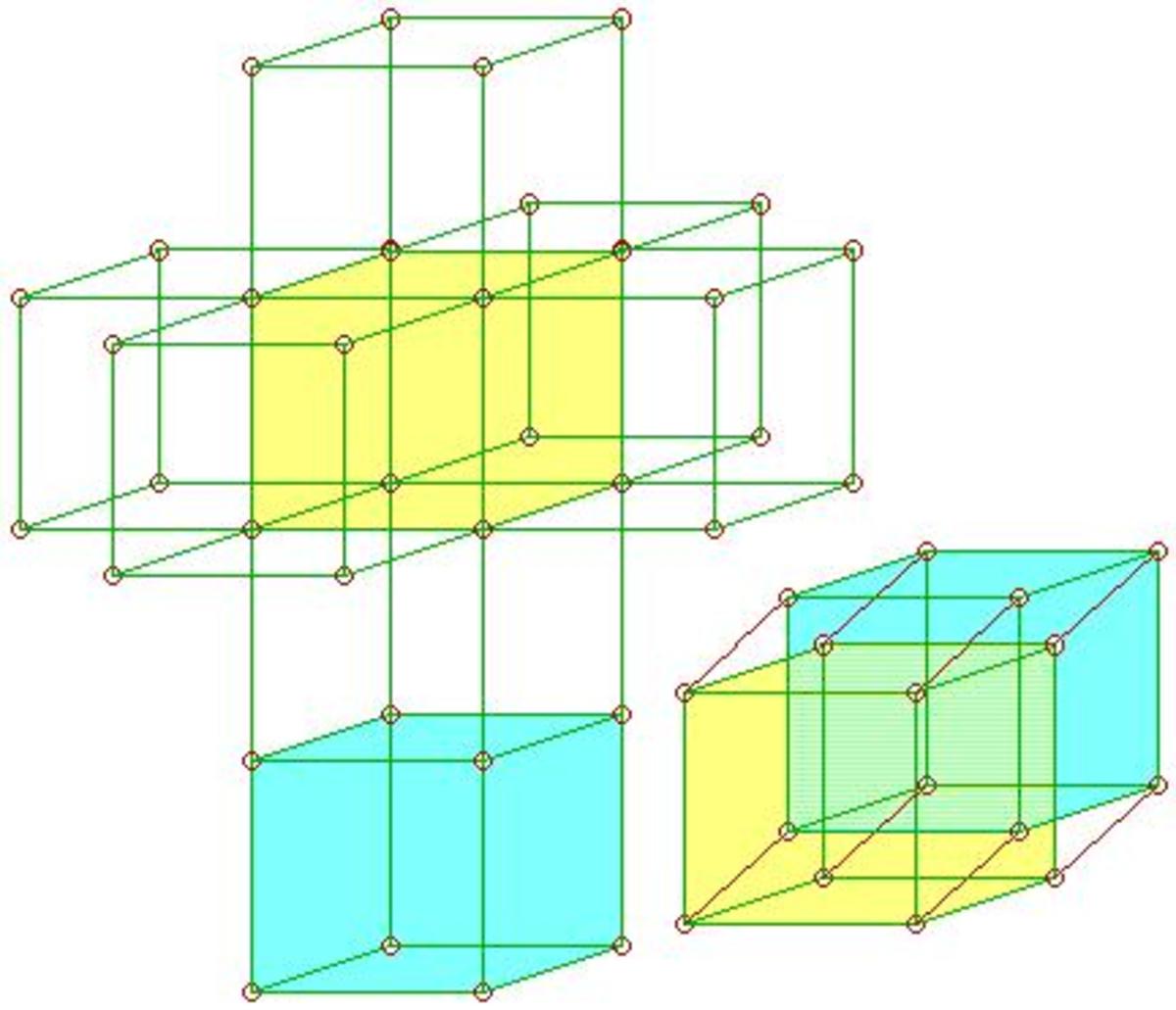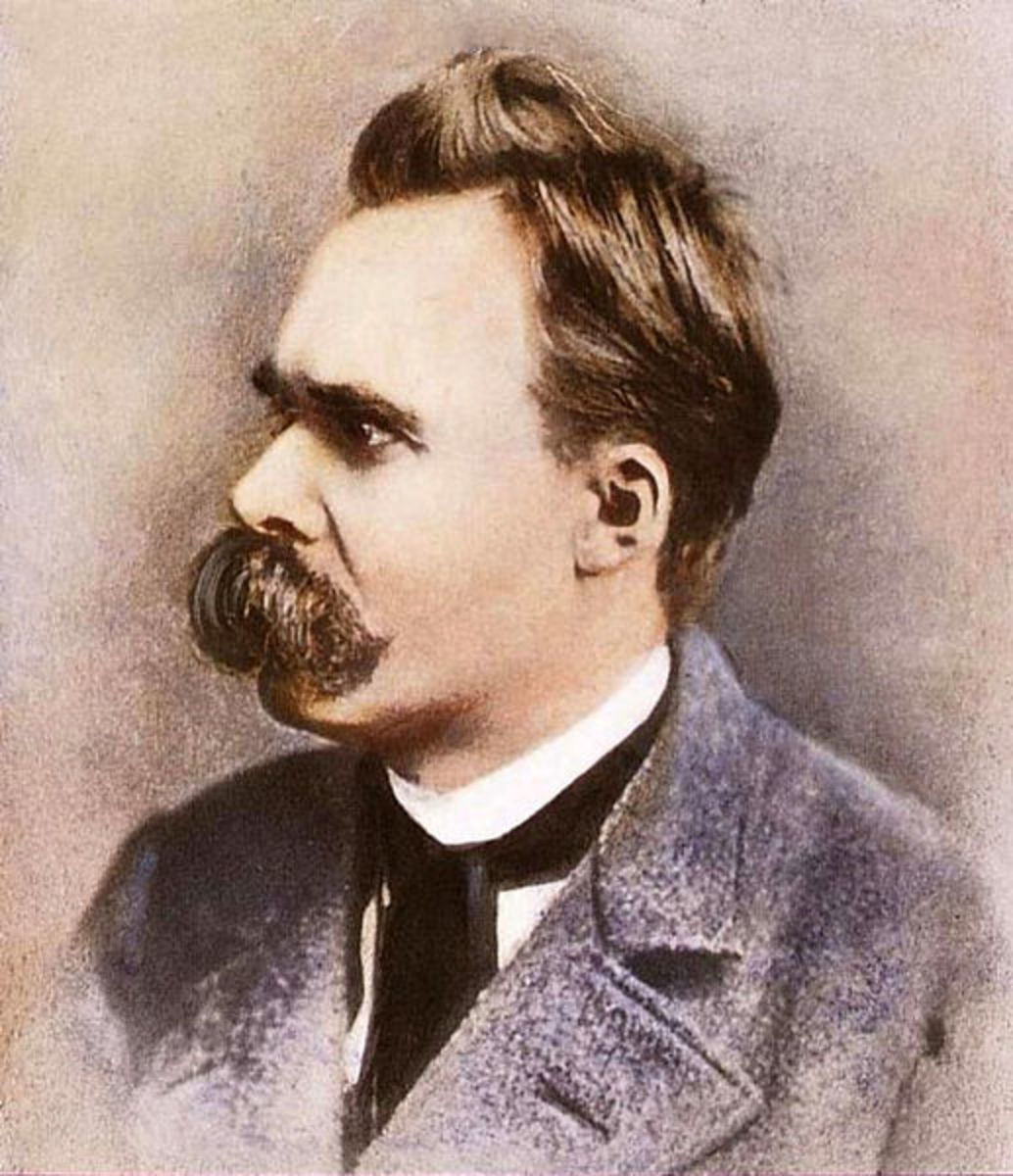A Discourse on Causality
An Introduction to Causality
Normal circumstances and everyday experience shows us that every event has a cause, and causes generate effects. Such a linear and subjective view is an application of William of Ockham's Razor (also known as the law of parsimony). Our perspective of truth changes often with enlightenment, either personally or as a whole race. For instance, learning about negative numbers completely changes a child's understanding, whereas quantum mechanics completely revolutionized the entire human populus' understanding of everything. That is all tangential to the main point. Causality is one of the five arguments that Thomas Aquinas (for whom the religious philosophical branch Thomism is eponymous of) offered to logically "prove" the existence of God. Questions of causality are like: which came first, the chicken or the egg? In this instance, one must postulate whether the chicken was the cause of the egg, or the egg the cause of the chicken. If we assume that other creatures that lay eggs came before the chicken, it may be inferred that the chicken was a result of genetic mutations from the original egg laying species. That merely displaces the issue back to the ancestor of the chicken. The real question would be: what came first, the ability to develop life or life itself. For that, we must ask what life truly is. That question, however is for a different discussion.
A Bit of Science Terminology
In order to delve further into causality, a few terms must be defined. Recurvature is precisely how it sounds: something (in this case, a dimension or more) bending or curving back upon itself. Compactification is likewise exactly how it sounds: making something (again, in this case, a dimension) compact. Compactified dimensions are so diminutive as to be imperceptible, even with the aid of technology. They may also be hidden within other dimensions, even other compactified dimensions. Decoherence is fairly complex, but a simple way to look at it is a quantum wavefunction collapses into a particular possibility that is observed. As far as spaces go, de Sitter space is essentially as sphere (a positive curvature structure), whereas anti de Sitter space is hyperbolic (negative curvature structure).
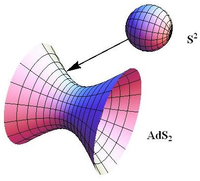
Space and Time and Causality
Which came first: space or time? To begin with, the term first presupposes the existence of time, much like the terms beginning and end do. It also presupposes the existence of space. As for the issue of which came first, it will probably be impossible to ever know for certain. However, one may logically deduce the answer. The underlying principle to consider is that time has no meaning without space and that space has no meaning without time. Thus we may presume that time and space formed simultaneously. One of the biggest arguments is over causality. Scientists will ask religious people "if God created everything, what created God?" and religious people will ask scientists "if everything in the universe came from a tiny point before the big bang, where did everything in that tiny point come from?" In either case, the answer is explainable with one simple concept: loopholes.
And Finally, the Real Point of all This
If the time dimension(s) were to recurve and loop back so the "end" meets the "beginning," it has created a time loop. As long as the megaverse does not gain or lose anything outside of a time loop, then causality is not violated. Pair creation and virtual particles spontaneously exist, even in the supposed vacuum of interstellar space, but only for so short a time that it does not violate conservation of energy. This is one of the main issues between quantum mechanics and relativity, called the vacuum catastrophe, describing the disparity of more than 100 orders of magnitude in calculations of vacuum energy. Everything in the megaverse can very well be moving in a cycle of a closed loop of causality. It needs no cause because it creates itself within the loop and can never escape. The mechanism that allows this to occur is the key. Using Hubble's Law to calculate the velocity of cosmological bodies, we can determine that there is more to the universe than we know about. Luminous matter (matter that composes objects that we can perceive, such as all of the leptons, bosons, and baryons) consists of only approximately 10% of the matter that may be responsible for a critical mass. The other ~90% is dubbed dark matter (~20%) and dark energy (~70%). I have my own theories about what dark energy and dark matter are and how they came about, but that is all boring stuff. If the universe contains more than the critical mass, the gravitational force will eventually overcome the momentum and everything will contract (some call this the Big Crunch). If the universe does not contain enough, it will continue to expand indefinitely, until everything is so far apart, the universe will become essentially uniformly almost empty (some call this the Big Freeze). If the universe contains exaclty a perfect amount, the gravitational force and momentum will be equivalent and it will eventually stabilize for eternity. Scientists call them anti de Sitter (k=-1), de Sitter (k=1) and flat space (k=0) and have made attempts to determine the actual geometry of our universe. Of the three scenarios, the third is least likely. The second seems most likely with the current limitations of our knowledge and abilities. At any rate, the only one that would allow for a loop in causality would be the anti de Sitter k=-1 geometry, as everything could cyclically expand and contract. Most loops in causality would have a negligable decoherance time, but a megaverse causality loop would have literally an endless one. Thus everything that exists does not exist because it causes itself in a closed loop of causality that generates a megaversally compactified time dimension with anti de Sitter recurvature. So the nothingness never gains anything (the One, universe, megaverse...) and never loses it because it never had (has, will have...) it to begin with (or end with). I guess it seems like a tautological concept and is also reminiscent of the Anthropic Principle because it essentially states: everything exists because everything exists. But it also states: nothing exists at all because nothing cannot generate anything, therefore everything that exists really doesn't. As with many things, both one thing and its exact opposite can be true, it just depends on one's point of view.

